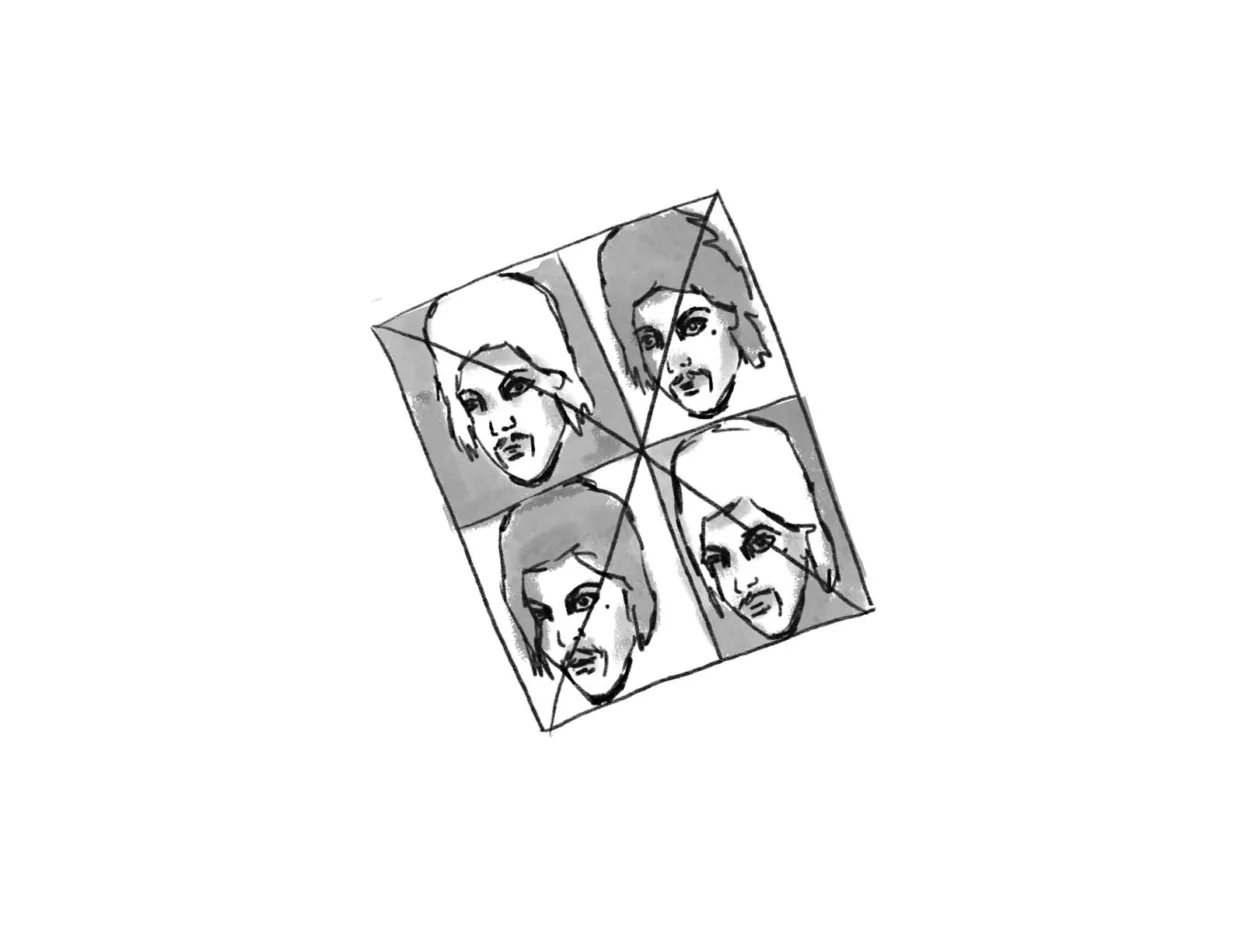
Image by Ivy Sanders Schneider

Image by Ivy Sanders Schneider
Supreme Court justices from Brett Kavanaugh to Sonia Sotomayor are on the record venerating “judicial restraint.” In its most generic sense, the phrase refers to the principle that courts should avoid adjudicating questions inessential to the disputes before them. But restraint is one thing, and timorousness another. For all the complaints about an imperious Court, the flaw in one recent decision is its timidity.
In 1984, Vanity Fair hired Andy Warhol to illustrate an article about Prince. The magazine licensed a black-and-white portrait of the musician from a photographer, Lynn Goldsmith, for “one time” use as an artist’s reference. Warhol altered Goldsmith’s photo and made silkscreen prints depicting Prince in a range of colors; Vanity Fair ran one, “Purple Prince,” in November 1984. After Prince died in 2016, Condé Nast published a tribute issue, which — without Goldsmith’s knowledge or permission — featured on its cover another work from Warhol’s Prince Series. Goldsmith and the Andy Warhol Foundation ended up in court, with the Foundation arguing that its licensing of “Orange Prince” to Condé Nast was “fair use,” not copyright infringement.
When it agreed to hear the case, the Court limited its analysis to the first of the four factors in the fair use doctrine’s notoriously protean test: whether the “purpose and character” of a given use is “transformative.” In May, the Court — with Sotomayor writing for the majority and Kagan (joined by Roberts) dissenting — held that the reproduction of “Orange Prince” on the 2016 magazine cover was not a “transformative” use of Goldsmith’s photograph. While parodists and commentators’ purposes can justify borrowing work, the majority explained, Warhol’s print “has no critical bearing” on the original photograph — therefore, the first factor of the fair use doctrine disfavored the Foundation. “Orange Prince” might use Goldsmith’s photo to comment on celebrity culture in general, but it fails to comment on Goldsmith’s photo specifically. Both works are simply commercial images, “portraits of Prince used in magazines to illustrate stories about Prince.”
But the Court stopped there; it claimed not to be adjudicating whether Warhol’s works themselves infringed Goldsmith’s copyright to begin with — a determination that would affect museums’ rights to display the original prints and owners’ rights to sell them. (The justices seemed eager to avoid a holding that would rattle the world of fine art: at oral argument, they prodded Goldsmith’s lawyer to concede that displaying Warhol’s Prince Series in museums wouldn’t infringe copyright.) Instead, the Court purported to rule only on the Foundation’s subsequent licensing of “Orange Prince” for use on a magazine cover. “The Court,” Sotomayor wrote, “expresses no opinion as to the creation, display, or sale of any of the original Prince Series works.” But that was simply untrue. The Court’s opinions about Warhol’s original creation of the Prince Series were central to its determination that the Foundation’s later licensing of “Orange Prince” was not transformative — recall how it undercut the Foundation’s fair use defense by observing that the print “has no critical bearing” on Goldsmith’s photograph.
This supposedly narrow ruling sows broader confusion than an up-or-down determination of the lawfulness of the Prince Series would have. Now, when any artwork makes use of a copyrighted work — even indisputably fair use — the specter of infringement will haunt every subsequent use of that secondary artwork. By sawing the baby in half, the Court tried to avoid the embarrassment of outlawing one of the most famous artistic methodologies of the last century. Although the ruling supposedly “expresses no opinion” about Warhol’s works, its logic indicts the very means by which he created the Prince Series. Worse yet, by pretending that it analyzed the Condé Nast cover in a vacuum, the Court established a rule that evaluates any licensing of artwork (posters, postcards, print runs, etc.) in a vacuum — without consideration for how the artists initially transformed the aesthetics and meaning of their source materials. Artists will have to watch their backs: even when their original creations are fair use, any licensing misstep down the line could sink them.
For a Court so unashamed to reach sweeping, unpopular decisions, it was a strange moment for a bipartisan bloc to understate the consequences of its reasoning. In the same term that it issued hugely disruptive decisions striking down affirmative action and student loan forgiveness, the Court pulled punches to avoid unsettling the fine art world — and, in so doing, may have unsettled it all the more. For all the exaltation of restraint, Warhol Foundation v. Goldsmith is a lesson that to do one’s job cautiously is not always to do it well.
Ben Sobel is a legal academic and a postdoctoral fellow at Cornell Tech’s Digital Life Initiative in New York City.